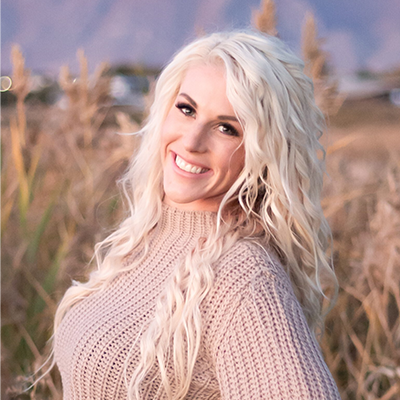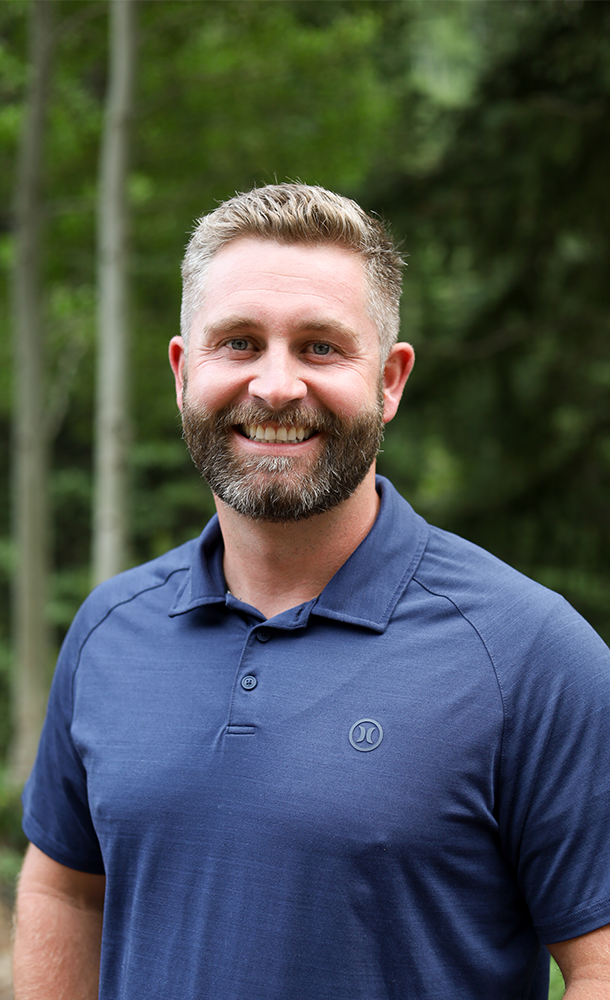In spite of the series of unforeseen weather events that have inundated the western United States with unprecedented moisture in 2023, the lingering impacts of the mega-drought still maintain a tight grip on the national cattle inventory. Ranchers nationwide are raising the fewest beef cattle since 1971, marking the 5th consecutive year of declining beef cattle numbers - a consequence of persistent dry weather severely limiting forage availability. As a result, meatpackers have been forced to pony up by shelling out record-high prices for fed cattle and ranchers have been able to reap the rewards. However, as ranchers begin to consider restocking in the distant future, what proactive measures can be taken to avoid another culling en masse when dry conditions inevitably return, and how can ranchers fully capitalize on the upswing in cattle prices?
Avoiding Destocking by Offsetting Your Costs With PRF Insurance
The decision to cull a significant portion of your herd is never easy; it’s typically the result of having your bottom line stuck between a rock and a hard place. Avoiding this decision comes down to your degree of flexibility in offsetting your drought costs. For many ranchers, a strong Pasture, Rangeland, and Forage (PRF) insurance policy can enable them to supplement their feed costs, rather than destocking.
How Does PRF Insurance Work?
Pasture, Rangeland, and Forage (PRF) insurance is a USDA-subsidized program that enables producers to collect cash indemnities when rainfall in their area is below the 70-year historic average. This money can then be used however you see fit - to provide supplemental forage, rent additional grazing land, bulk up your savings account, or even put your kids through college.
Leverage the Upswing in the Cattle Markets with LRP Insurance
While PRF insurance can offset the financial impact of low rainfall, Livestock Risk Protection (LRP) insurance will help you make the most of boosted cattle market prices. With a policy, you can lock in a “floor price” when the market prices are optimal. If the market prices fall below your floor price by the end of your endorsement period, you’ll be issued a cash indemnity on the difference, even if you didn’t sell any livestock.
How Does LRP insurance work?
Livestock Risk Protection (LRP) insurance is a federally subsidized program that allows producers to protect their livestock investments from declines in market prices, without forfeiting their upside potential. LRP policies through Redd Summit Advisors are available on both fed, feeder, and unborn cattle, and endorsements can last between 13-52 weeks. While producers are able to sell livestock within 60 days before the end of their endorsement period, they are not required to make a sale, and there is no minimum number of head required.
Conclusion
Although cattle market prices are giving producers a needed reprieve from the impacts of the Western drought, we still have a long way to go before we can begin rebuilding the US cattle industry. However, integrating a PRF policy into your long-term risk management strategy could enable you to avoid having to destock when the dry weather returns. Concurrently, an LRP policy can empower you to protect your profit margin from declines in cattle market prices.

%20(1).jpg)


.jpeg)
.webp)




